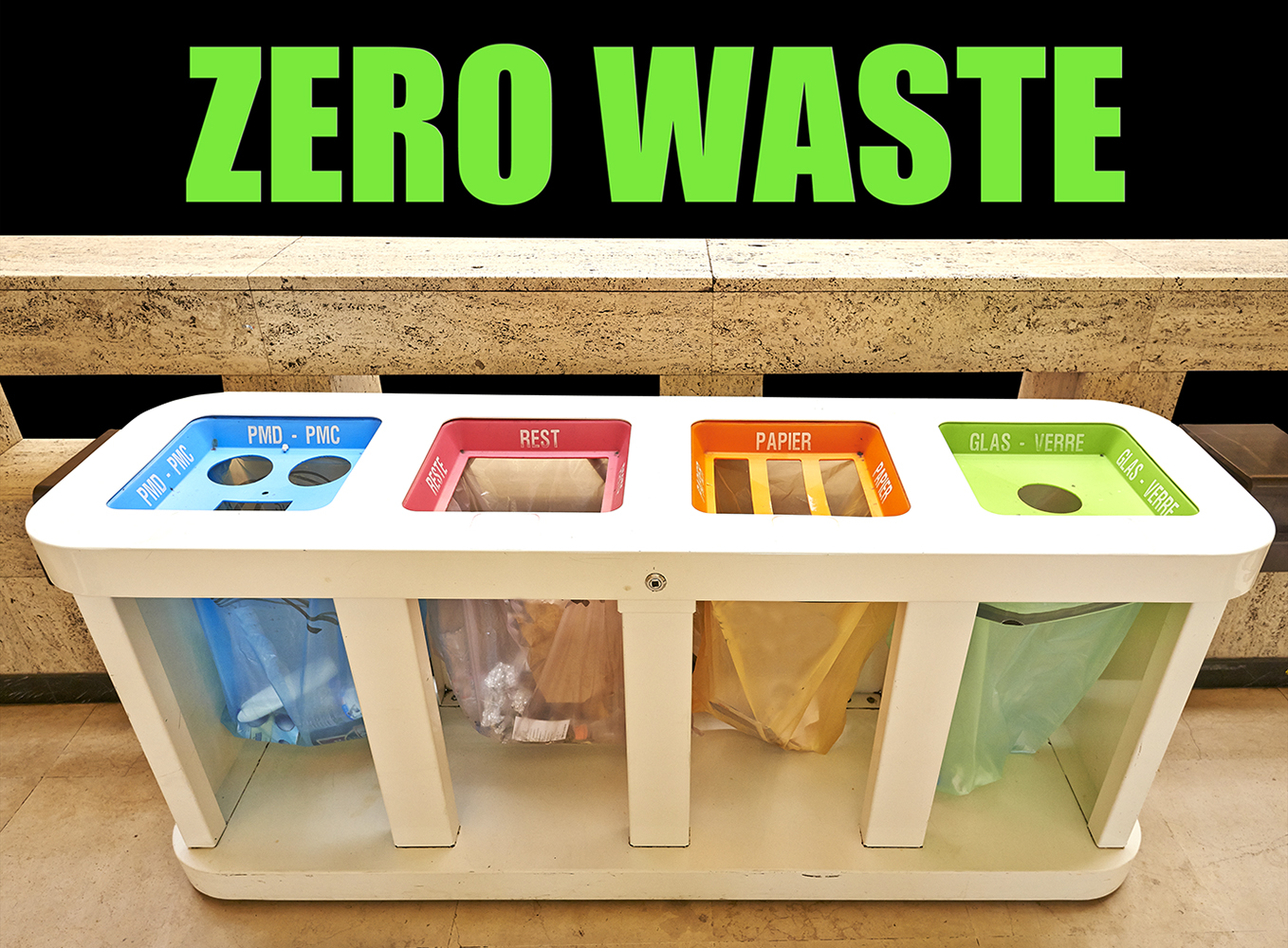Here’s a guide for those who want to make ecologically sound choices
For the eco-conscious Christmas shopper, a natural Christmas tree seems the obvious choice if you want to reduce your carbon footprint. But both synthetic trees and natural ones can create quite a bit of waste, especially if you don’t dispose of them the right way.
While definitely the more eco-friendly option, a real tree that ends up in a landfill will produce methane, a greenhouse gas more harmful than carbon dioxide. If your Christmas trees aren’t being recycled, you might be creating a larger footprint than if you had chosen to buy an artificial tree and kept it for many years instead.
If you opt for a synthetic tree, make sure to spend the extra money to get one that will last you for years to come. The material isn’t recyclable and will end up in a landfill once the tree has outlived its time.
If you do go natural, look for a tree from a local farm and look for farms that don’t use pesticides. It might seem a hassle, but many farms allow you to come and cut the tree down yourself, which makes for a nice family outing.
Once the holidays are over, you should check with your city to see how it handles Christmas tree. If you have composting services in your borough, the chances are the city will repurpose the tree as mulch that will be used later as compost. If that’s not an option, you can create mulch yourself if you have access to a wood chipper, and use the remains to compost your garden come springtime. If you bought the tree from a local farm, you should be able to return the tree there, where it will become compost for more trees.
If you have a large enough property, another option is to leave the tree in your backyard to provide shelter for birds and small animals. In the spring, you can break it up and put it out with the compost or feed into a wood chipper.
Photo: iStock/Tevarak.






